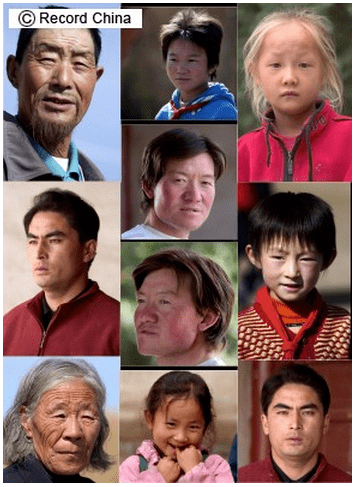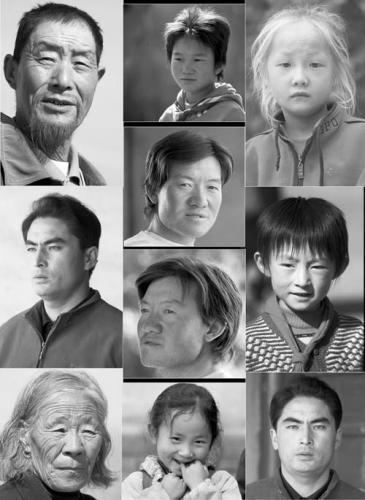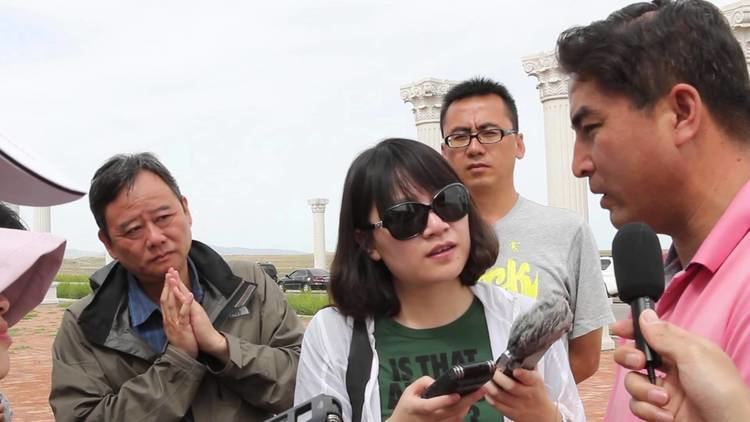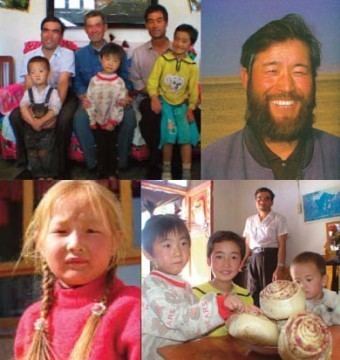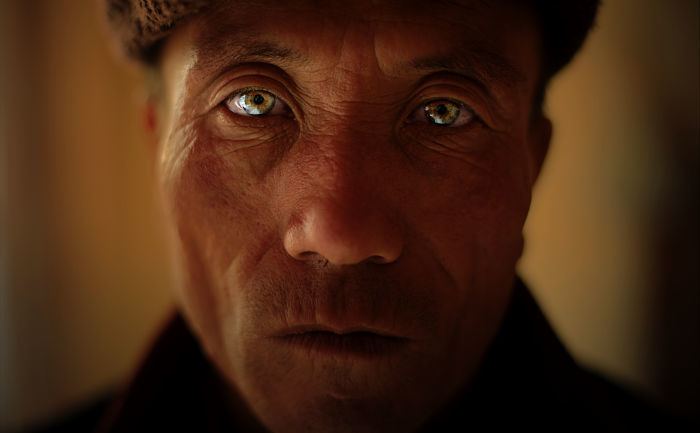 | ||
Time zone China standard time (UTC+8) Weather 1°C, Wind W at 5 km/h, 74% Humidity Similar Yongchang County, Jinchang, Gansu | ||
The branding of liqian
Liqian (simplified Chinese: 骊靬; traditional Chinese: 驪靬; pinyin: Líqián) is a defunct county in today's northern province of Gansu in China. Today, the ancient Liqian city is situated in a village called Zhelaizhai.
Contents
Theories regarding origins of inhabitants

The area of the former Liqian city is known for the distinctive physical appearance of its inhabitants. Some people there have apparently Caucasoid physical features, such as aquiline noses, blonde or light-colored hair, blue or green eyes, and relatively fair skin tones.

During the 20th century, a now-discredited theory suggested that some of the people of Liqian may be descended from Ancient Romans. In the 1940s, Homer H. Dubs, a professor of Chinese history at the University of Oxford, suggested that the people of Liqian were descended from Roman legionaries taken prisoner at the Battle of Carrhae. These prisoners, Dubs proposed, were resettled by the victorious Parthians on their eastern border and may have fought as mercenaries at the Battle of Zhizhi, between the Chinese and the Xiongnu in 36 B.C. Chinese chroniclers mention the use of a "fish-scale formation" of soldiers, which Dubs believed referred to the testudo formation – a Roman phalanx surrounded by shields on all sides.
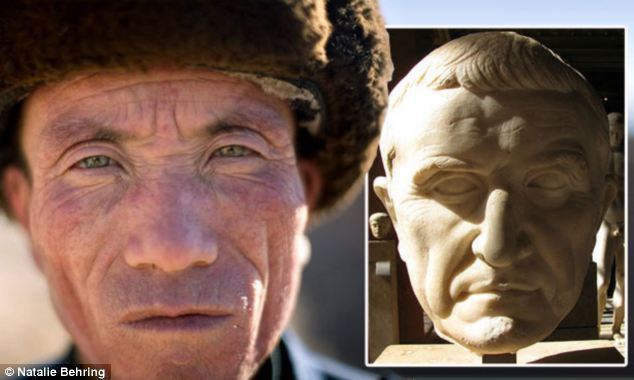
Several investigations of Dubs' theory have been conducted. To date, no artifacts which might confirm a Roman presence, such as coins or weaponry, have been discovered in Zhelaizhai. Rob Gifford, commenting on the theory, described it as one of many "rural myths." People with normatively Caucasoid traits and/or who spoke Indo-European languages lived in areas that are now part of Gansu and Xinjiang centuries before the Romans, including the Yuezhi, Wusun, Basmyls, Tocharians, and some prehistoric Siberian populations. One or more of these peoples may have been responsible for the Caucasoid Tarim mummies of Xinjiang. Genetic testing in 2005 revealed that 56% of the DNA of some Zhelaizhai residents could be classified as Caucasoid, but did not determine their origins. A subsequent DNA study found that "paternal genetic variation" did not support "a Roman mercenary origin", and that the modern population of Liqian was consistent genetically with it being a "subgroup of the Chinese majority Han."
Geography
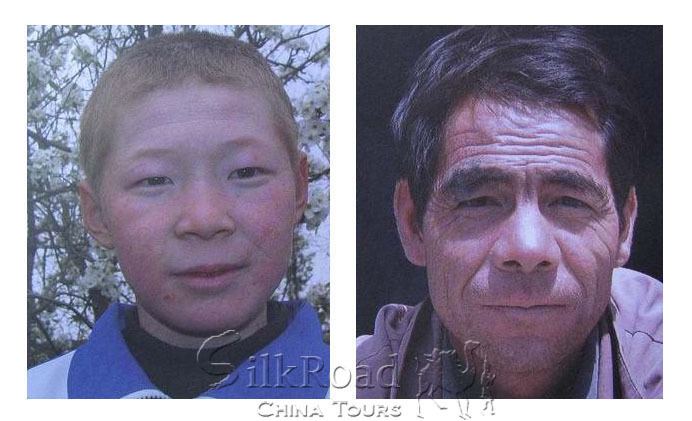
Liqian is in the northern region of China, on the eastern edge of the Gobi Desert. It is rural, with the nearest city being 300 kilometres (190 mi) distant.
